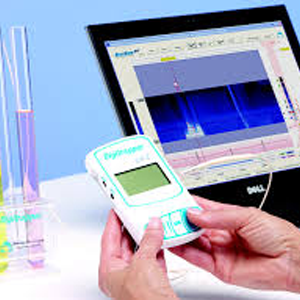
Esophageal and Anorectal Manometry, 24 Hr PH

Esophageal Manometry
1. Purpose : Evaluates esophageal function, particularly peristalsis (muscle contractions) and lower esophageal sphincter (LES) pressure.
2. Procedure : A thin, flexible tube is inserted through the nose into the esophagus. The patient swallows water or a barium solution to assess esophageal function.
3. Indications : Dysphagia (difficulty swallowing), chest pain, gastroesophageal reflux disease (GERD), and pre-operative evaluation for anti-reflux surgery.
Anorectal Manometry
1. Purpose : Assesses anorectal function, including anal sphincter pressure, rectal sensation, and rectal compliance.
2. Procedure : A thin, flexible tube is inserted into the anus, and the patient is asked to squeeze, relax, and push to assess anorectal function.
3. Indications : Fecal incontinence, constipation, rectal pain, and pre-operative evaluation for anorectal surgery.
24-Hour pH Monitoring
1. Purpose : Measures the acidity of the esophagus over 24 hours to diagnose gastroesophageal reflux disease (GERD).
2. Procedure : A thin, flexible tube is inserted through the nose into the esophagus, and the patient goes about their daily activities while the device records acidity levels.
3. Indications : Symptoms of GERD, such as heartburn, regurgitation, and difficulty swallowing, as well as pre-operative evaluation for anti-reflux surgery.
These tests help diagnose and manage various esophageal and anorectal disorders. Your doctor may recommend one or more of these tests based on your symptoms and medical history.
